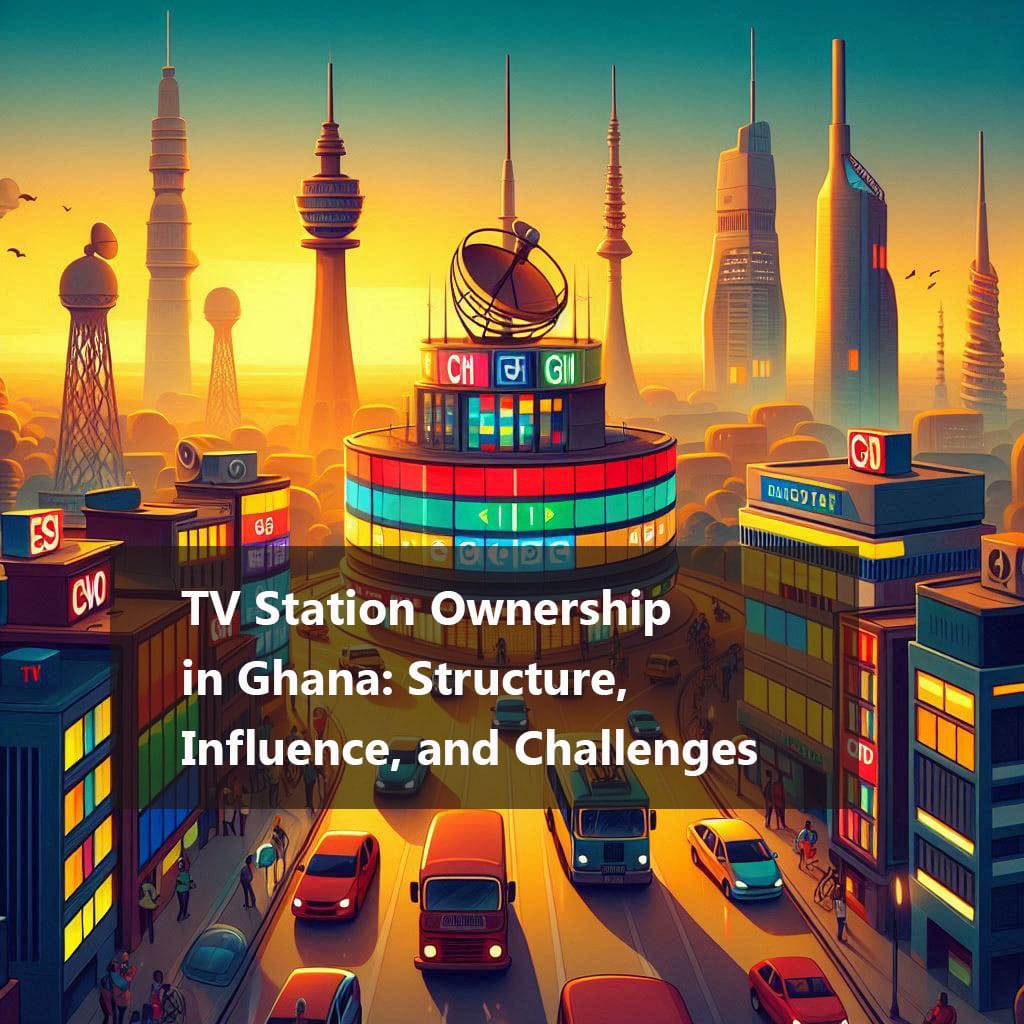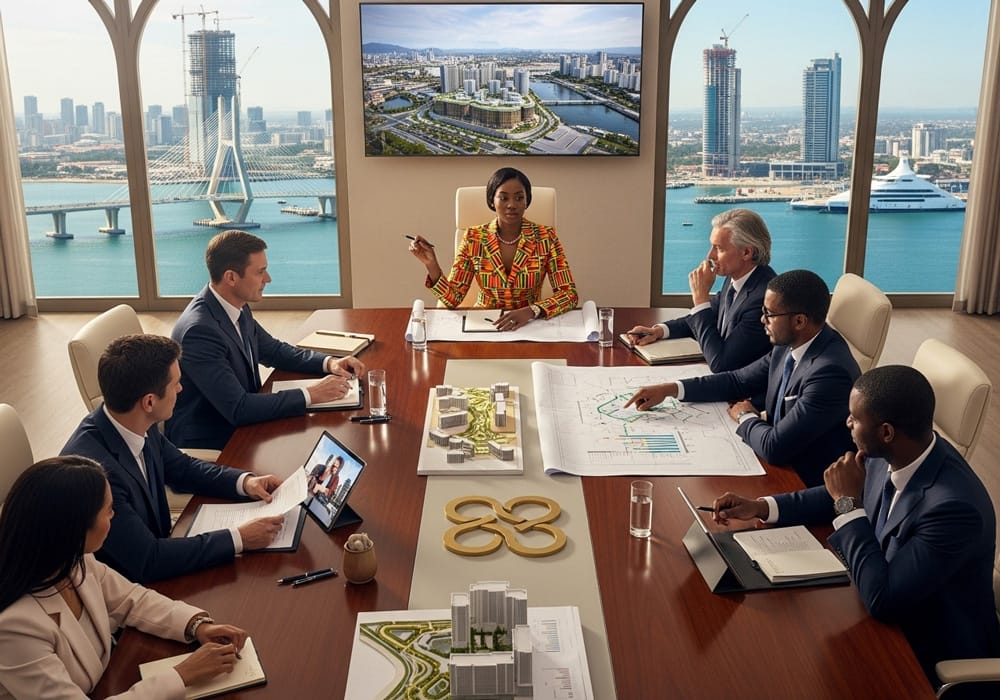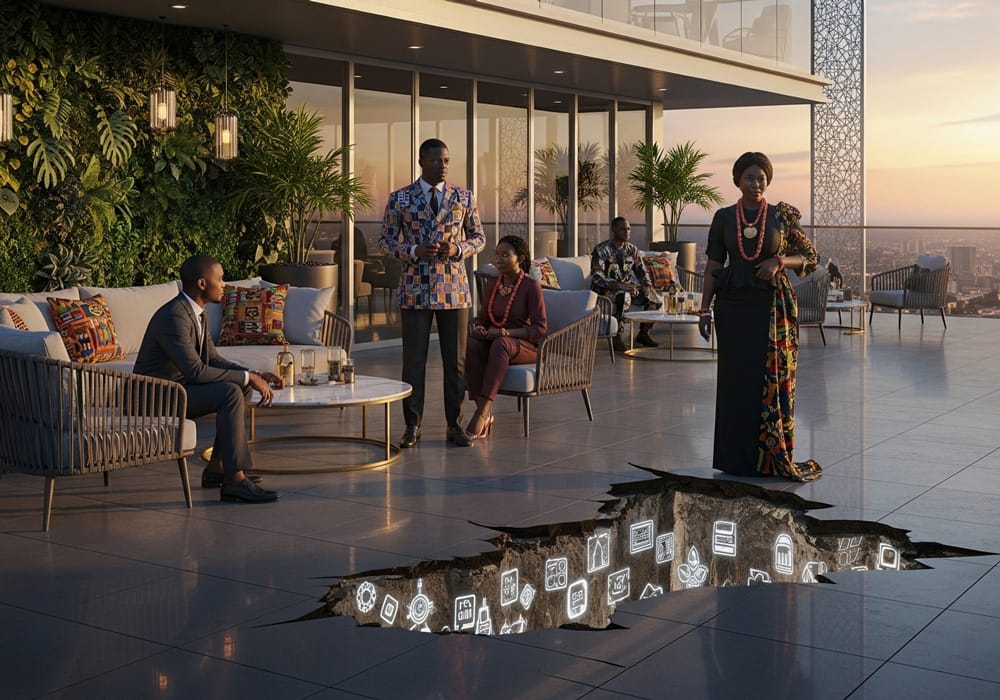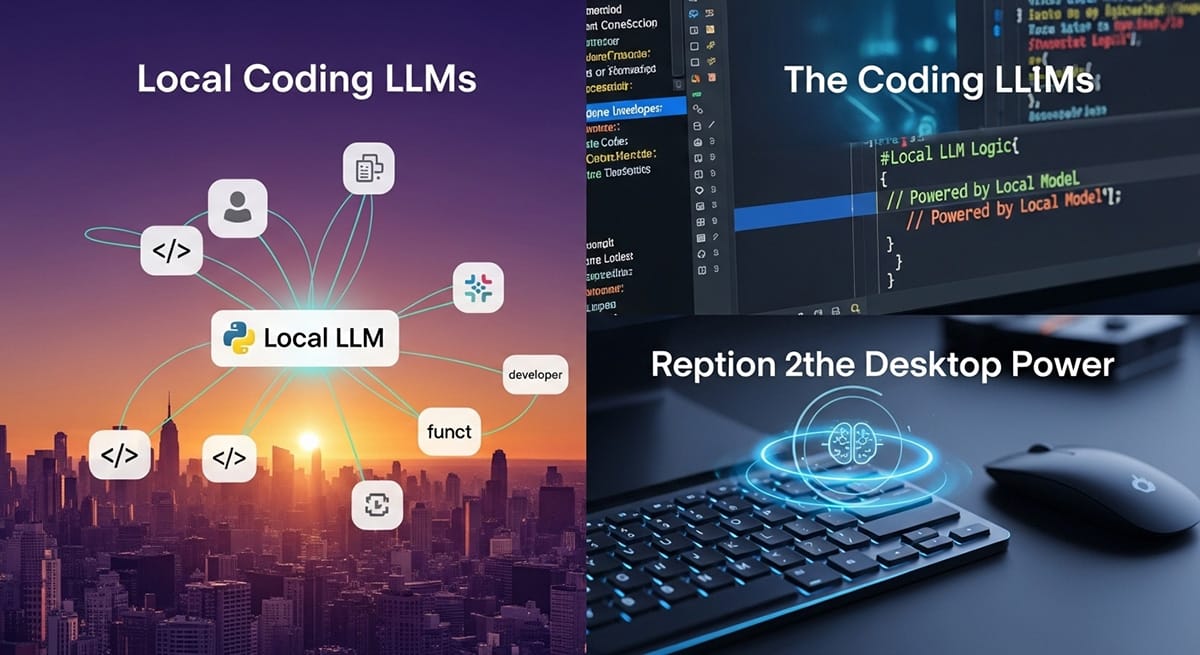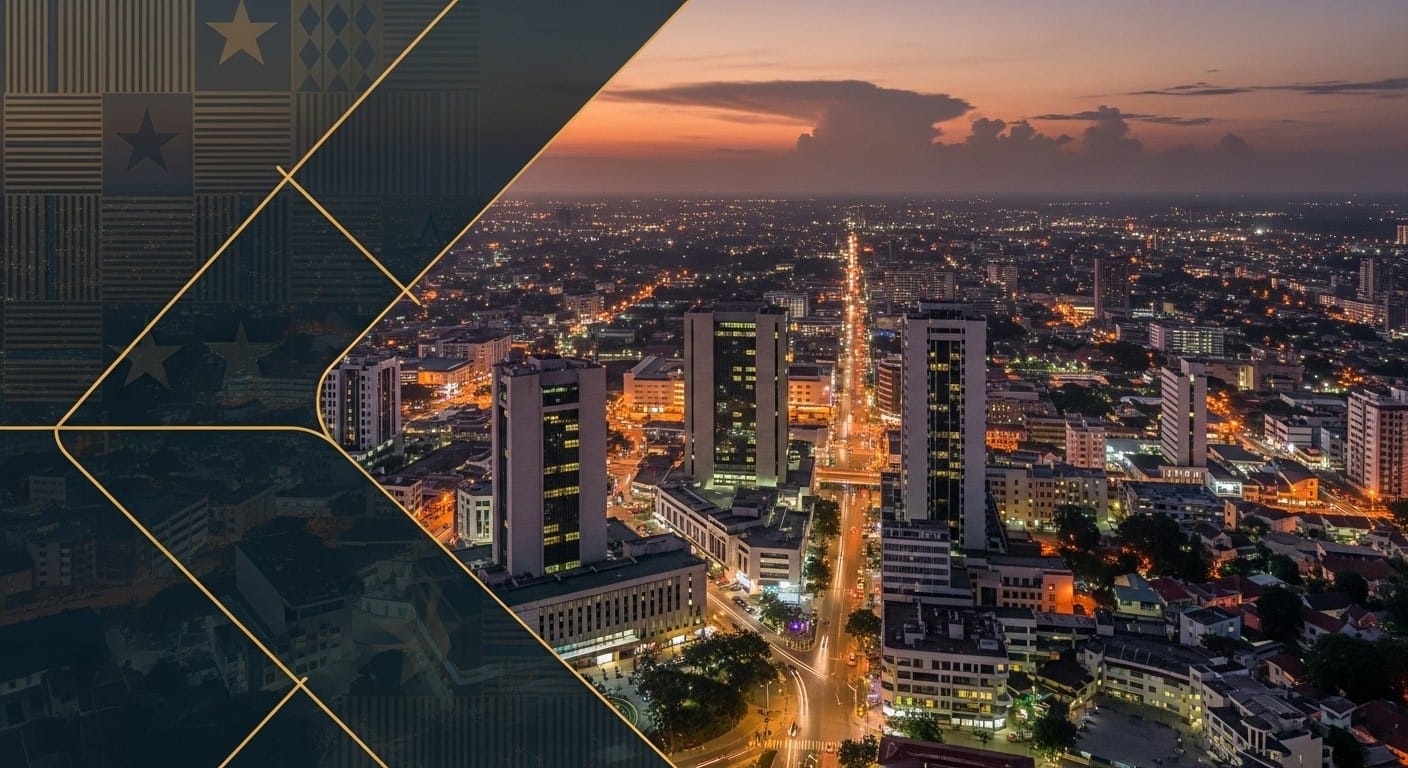The ownership structure of television stations in Ghana significantly shapes the country’s media dynamics, influencing programming diversity, regional representation, and the overall health of public discourse.
This article explores the ownership landscape of Ghana’s television sector, examining the interplay between private, public, and community-owned entities, the concentration of audience share, and the resulting implications for the industry.
Ownership Structure in Ghana’s TV Sector
Ghana’s television sector is characterized by a tripartite ownership structure.
- Private Broadcasters: Private entities dominate the industry. Examples include prominent stations like TV3, Adom TV, and UTV, the latter owned by the Despite Group under U2 Company Limited.
- Public Broadcasting: Public broadcasting is primarily represented by GTV, operated by the state-owned Ghana Broadcasting Corporation (GBC).
- Community-Owned Stations: Community-owned stations are less common and often serve underserved regions, such as the Northern Region.
This mix of ownership models reflects the balance between market forces and state influence in shaping television content and accessibility across the nation.
Audience Share Concentration
A notable characteristic of Ghana’s television ownership landscape is the concentration of audience share among a few major players.
As of 2017, four key entities—Multimedia Group, U2 Company/Despite Group of Companies, TV3 Network/Media General Ghana Limited, and GBC—collectively accounted for 77.4% of the total audience share.
This concentration highlights the significant influence of private conglomerates in the media ecosystem, enabling them to exert considerable control over content distribution and public opinion.
For instance, Multimedia Group operates Multi TV, a satellite station with substantial reach, while the Despite Group uses its ownership of UTV to cater to various demographic segments.
This level of consolidation raises concerns about potential homogeneity in programming and limited exposure for niche markets, particularly in rural areas where smaller, independent stations struggle to compete.
Influence on Programming and Regional Focus
Ownership structures significantly influence programming diversity and regional focus. Privately owned stations like TV3 and Adom TV tend to prioritize content that appeals to urban audiences, reflecting their commercial focus on attracting advertising revenue. In contrast, GTV, as a public broadcaster, is mandated to provide inclusive programming that addresses national interests and regional disparities. However, partial state involvement in private ventures, such as Multimedia Group’s minority shareholding by GBC, can blur the lines between public broadcasting obligations and profit-driven motives. This duality can result in programming that balances entertainment with informational content but may not fully meet the needs of marginalized communities.
Regional variations further illustrate the impact of ownership on media accessibility and relevance. Greater Accra, with its high concentration of television stations, is the center of broadcasting activity, primarily serving urban viewers. Regions like the Ashanti and Northern Regions have fewer operational stations, potentially leading to underservice in terms of localized content and linguistic diversity. For example, NTV and Sagani TV operate in the Northern Region, but their limited presence indicates challenges related to infrastructure, funding, and audience reach. Addressing these regional disparities requires targeted efforts, such as government incentives or collaborations with larger networks, to improve media penetration and promote regional inclusivity.
Regulatory Challenges and the Need for Transparency
Regulatory gaps compound the complexities of ownership structures in Ghana’s television sector. Inconsistent and non-transparent ownership records hinder the assessment of media concentration risks and the enforcement of accountability. A significant portion of media outlets lacks verifiable ownership information, and available data often conflicts across sources, such as the Registrar General’s Department and the National Communications Authority (NCA). This lack of transparency undermines efforts to enforce cross-media ownership regulations and prevents effective oversight of market powers. Furthermore, political affiliations among media owners raise concerns about editorial independence and the potential for partisan bias.
Therefore, strengthening regulatory frameworks to mandate transparency and safeguard against political interference is crucial for fostering an equitable and pluralistic media environment.
Conclusion
The ownership structure of television stations in Ghana is a critical factor shaping the media landscape. While private broadcasters play a dominant role, the presence of public and community-owned stations adds complexity. The concentration of audience share among a few entities and regulatory challenges related to transparency and political influence present ongoing concerns. Addressing these issues is essential for promoting a diverse, inclusive, and accountable television sector that serves the interests of all Ghanaians.

